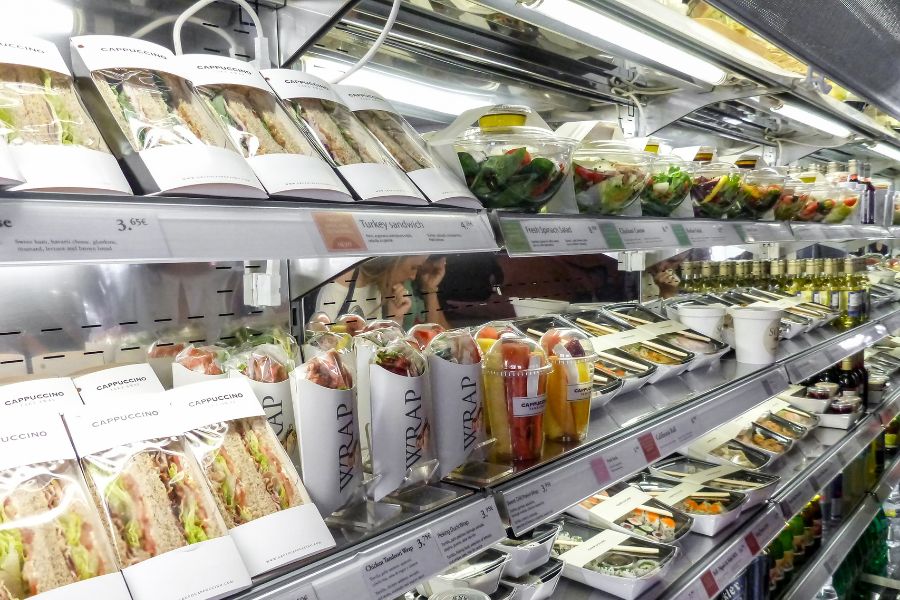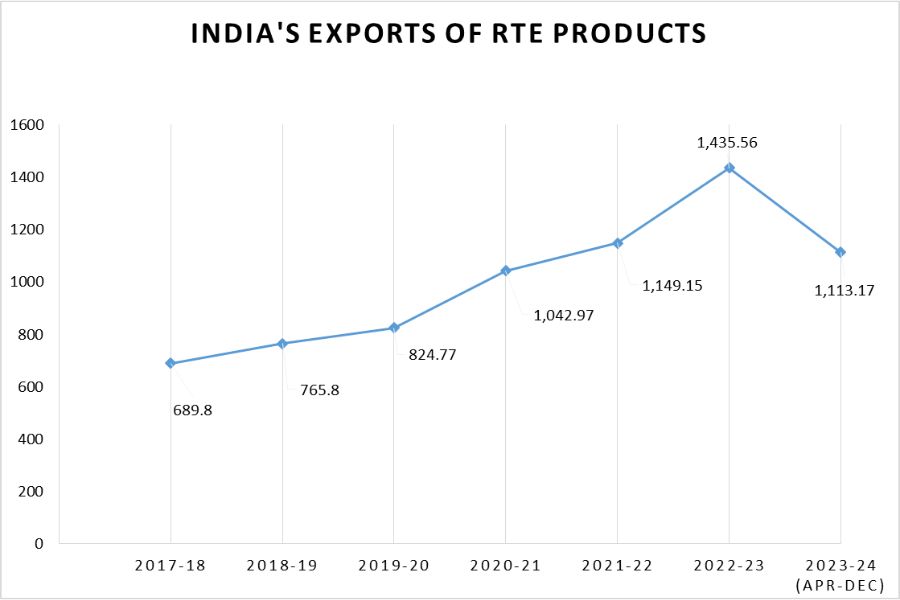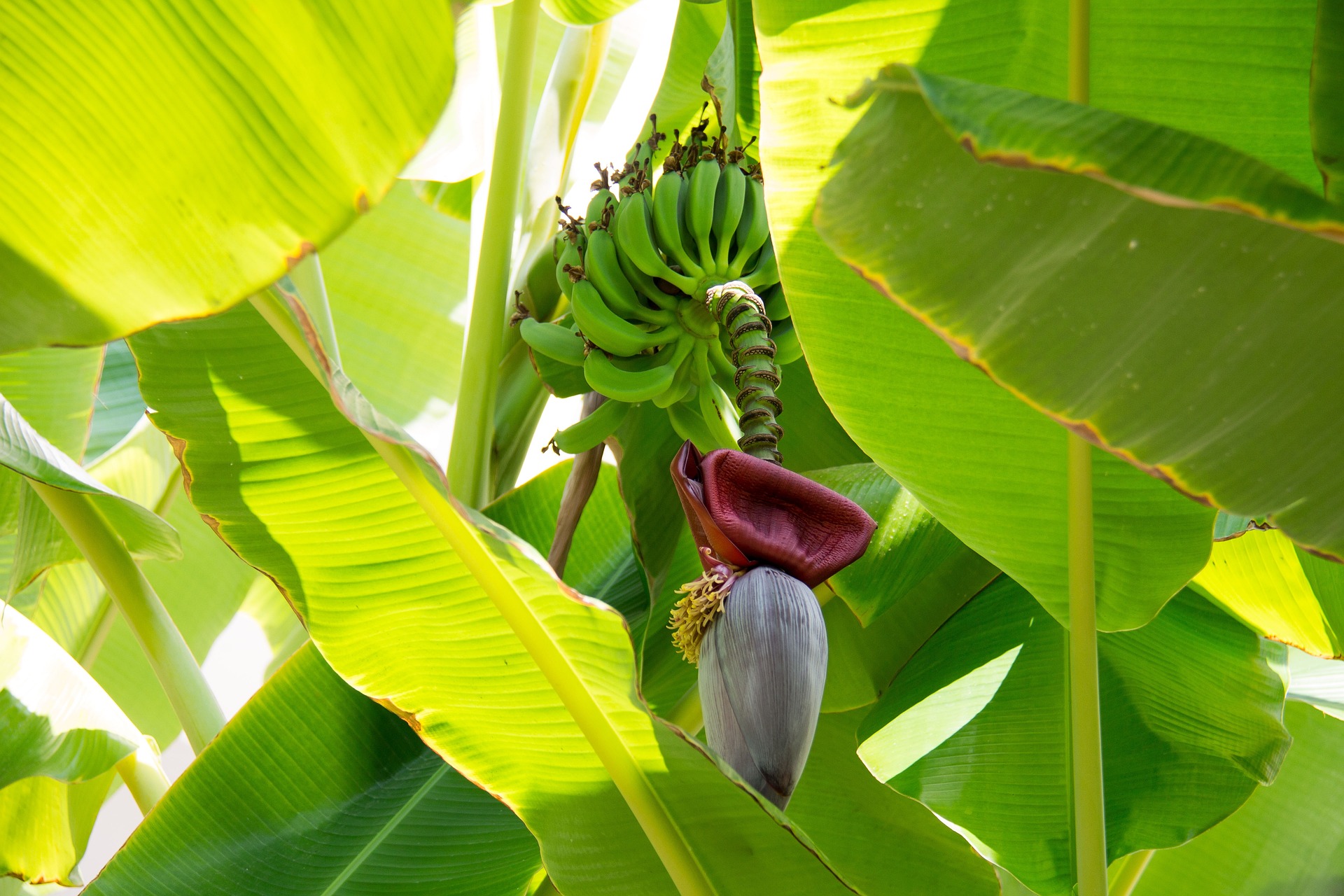Ready-to-eat products: Serving the fast-paced world

Source: Shutterstock
Demand for ready-to-eat (RTE) food products is rising all over the world, including India. People are increasingly being drawn towards prepared foods/meals because of their faster cooking times, near authentic taste, ever growing variety and convenience.
Whether it is your eternal favourite dal chawal, fried medu-vada, chapatis/parathas, veg biryani, chicken rice, kheer, badam halwa or paneer tikka – several ready-to-eat foods/meals, are now readily available. Moreover, when they (consumers) are getting best quality ready-to-eat food products at convenience, they don’t mind paying a little bit extra either.
RTE foods refer to those food products that have been pre-cleaned, precooked, mostly packaged and ready for consumption. Various extracts, acids, flavors, sweeteners, antioxidants, and preservatives are added to further enrich these RTE foods products and enhance their shelf life.
This segment comprises prepared food and meals that are ready to eat or require very little preparation. These foods/meals are usually eaten after heating and do not need to be cooked and include biscuits, jaggery, breakfast cereals, wafers, dessert mixes, cup noodles, snack mixes, soups, etc. On the other hand, frozen RTE foods include meat, fish, filled pasta, frozen pizzas, and vegetables.
According to ‘Ready to Eat (RTE) Food Market’ report by the International Market Analysis Research and Consulting Group (IMARC Group), the global market size reached US$ 181.5 billion in 2023. The research expects this market to reach US$ 262.4 billion by 2032, with a CAGR of 4.18%.
United States, United Kingdom and Germany are among the world’s largest markets, as noted in a research report by Mordor Intelligence, while Asia-Pacific, the Middle East, and Latin America, are strong emerging markets. The report further highlights that China and India are likely to drive demand for RTE food products in the Asia-Pacific region.
India’s trade in RTE food products
The share of RTE (Ready to Eat) food products in India’s total food processing exports has been rising steadily. During the period 2011-12 to 2020-21, the share of RTE exports in the total food processing industry has increased from 2.1% to 5%.
Various RTE foods exported by India include Bread, pastry, cakes, biscuits, Jams, fruit jellies, confectionery, Chocolates, Sauces etc. Biscuits, Confectionery & Indian Sweets and Snacks constitute a significant portion of the RTE food product category, accounting for a share of about 89% in RTE exports in 2020-21.
Indian RTE products are exported all over the world. Some of the major export destinations for Indian RTE food products include the USA, the UK, UAE, Saudi Arabia, Canada, Nepal, Bhutan, Malaysia, Australia and Netherland.

Source: APEDA Agri Exchange
The export of RTE food products from India has been going upward consistently during the past recent years. As per the APEDA Agri Exchange’s export statistics, RTE export has increased from US$ 765.80 Million in 2018-19 to US$ 1,435.56 Million in 2022-23 (growing at CAGR of 13.39%). During the period April-December 2023-24, RTE exports from India have reached US$ 1,113.17 million.
When we look at data pertaining to exports in 2022-23, it is evident that Biscuits & confectionery (52.9%) and Indian sweets & snacks (37%) form the major share of India’s exports. In the former category, India’s top markets are the US (US$ 85.6 million), Sudan (US$ 57.2 million), UAE (US$ 39.1 million), Tanzania (US$ 26.7 million) and Benin (US$ 22.6 million). In the category of Indian sweets and snacks, the top export markets are the US (US$ 147.23 million), UAE (US$ 71.2 million), Canada (US$ 33.5 million), Australia (US$ 33.3 million) and the UK (US$ 28.2 million).
Key growth drivers
Indian RTE food products are rapidly gaining acceptance in the domestic and international market. Over the last decade, the RTE food segment in the country has grown at a CAGR of 12%. Revenue in the Ready-to-Eat Meals market is estimated at US$ 72.21 billion in 2024. It is projected to grow annually at 9.23% CAGR during 2024-28. Volume is projected to reach 21.89 billion kg by 2028.
Some of the major growth drivers for this robust demand for Indian RTE products include:
- Rapid urbanization and rising disposable incomes
- Busy lifestyles and lesser time in hand for home cooking
- The young generation, which makes up around 34% of the overall population is the main driver of the domestic market.
- Thriving e-commerce sector providing a lucrative marketing channel
- Continued investments in technology and product innovation
- A rapidly evolving startup ecosystem that is emphasizing on the real Indian flavours, adding new flavors, catering to several niche dietary requirements like gluten-free, vegan, organic, fusion food, etc.

Source: APEDA Agri Exchange, data is for 2022-23
Besides this, the Indian government has undertaken several initiatives to boost the food processing sector, including Product Linked Incentives for Food Processing Industries (PLIFPI), PM Formalization of Micro Food Processing Enterprises (PMFME) and Pradhan Mantri Kisan Sampada Yojana (PMKSY).












Leave a comment